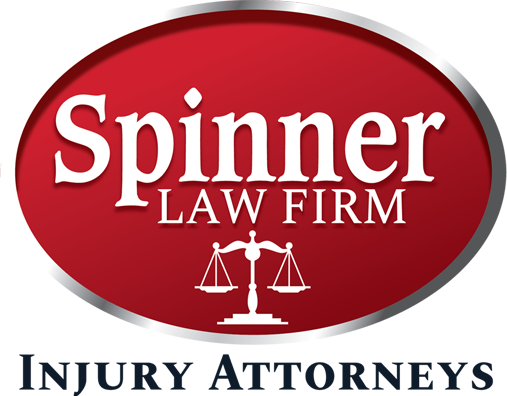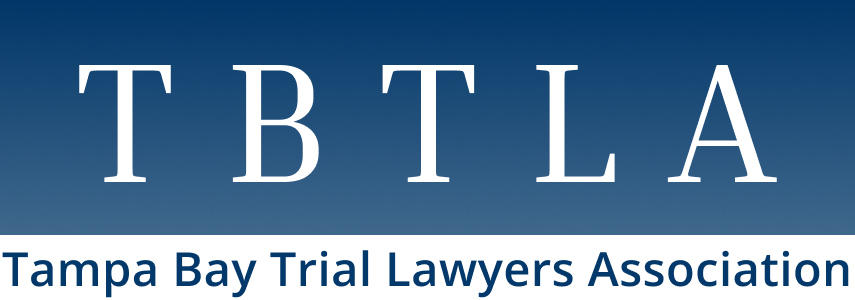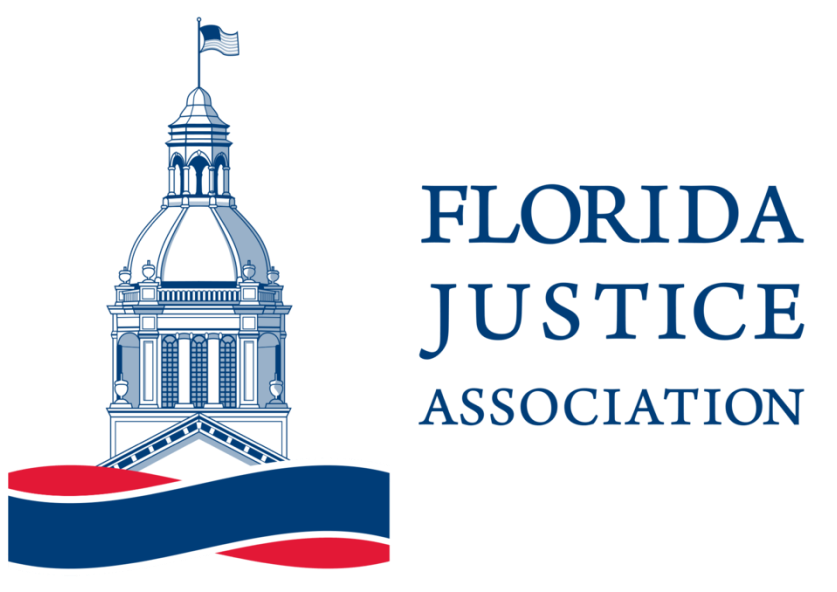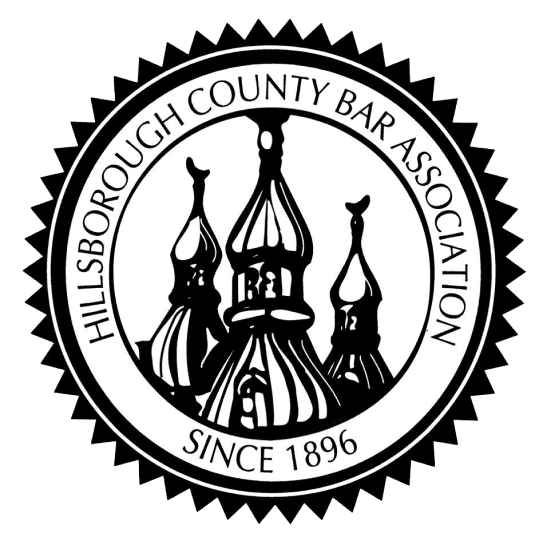Learning About Accident Fault
In the event you or one of your loved ones have been injured in any type of an accident, or the victim of some type of traumatic incident it can often be difficult to tell who might be at fault, and to best identify the source of the liability. These types of issues can occur in a wide variety of instances as well – from a slip and fall, a car accident, to medical malpractice issues – it can be quite difficult to prove who might be responsible. According to Mr. Charles Spinner, the best injury lawyer Tampa has to offer, such issues are fairly commonplace when trying to decide who and where negligence might be placed. However, rather than ignoring the issues completely, its important for clients to best understand exactly how accident fault might work, and what are some of the more common questions that need to be answered in the quest to identify how and why fault must be placed upon one of the parties.
What is Negligence?
When it comes to understand negligence, according to Mr. Spinner, it is vital to understand how and what exactly negligence actually is – especially when it comes to a legal sense. In the legal sense, “negligence” is the word used to describe any careless behavior that causes or contributes to an accident. As an example, if a person failed to stop at a red light and hit your car while going through an intersection, that person was probably negligent. According to Mr. Spinner, the best injury lawyer Tampa has in practice, to prove that someone was negligent and win your lawsuit, you must generally be able to prove five elements:
· Duty
This type of element can often be phrased as a question – something similar to: “Did the defendant owe me any type of a duty to the plaintiff?” Duty comes in a variety of different forms, for example, drivers have a duty to all other drivers to proceed in a safe manner on the road. Also, they owe the pedestrians not to drive along the sidewalk or something like that.
· Breach of Duty
Once duty is defined, a determination may then be made as to whether or not the defendant breached the duty with all due respect to the plaintiff. According to Mr. Spinner, the best injury lawyer Tampa has to offer, in order to prove this element, you must show that the defendant failed to act a reasonable person would in fulfilling the duty owed to the plaintiff.
· Cause in Fact
In many cases, cause in fact is known as the “but-for” test. If you are able to show that, but for the defendant’s actions, the plaintiff would not have suffered any type of injury – then this element has then been satisfied. In example, but for the defendant’s drunk driving, the pedestrian would not have been injured.
· Proximate Cause
According to Mr. Spinner, the best injury lawyer Sarasota has to offer, the proximity of a defendant’s actions to the harms at issue within the lawsuit. For example, if the defendant hit and injured a pedestrian while driving, and then at the hospital, the injured person called his grandma to tell her about his broken leg, and the grandma suffered a stroke, this may be outside the proximate cause of the defendant’s actions. This element has an air of “fairness” around it, and often asks whether it is fair to attribute the injury to the defendant’s actions.
· Damages
Finally, we are able to come to the damages. According to Mr. Spinner the best injury lawyer Sarasota has in practice, in order to come out victorious within a personal injury claim, you must be able to prove damages. Damages can include a wide range of different things, including medical bills, pain and suffering as a result of these actions, and much more damages and financial burdens, that, by extension, are caused by the situation that led to the patient’s injuries as well.
In a variety of different situation that involve accidents, in which one party is at fault, their negligence has led to the injuries of the other party – the plaintiff or the victim. The fact of the matter is, according to Mr. Spinner, the best injury lawyer Sarasota has in practice, that their might not be any overt need to determine fault – as it might be obvious, especially in a car accident or pedestrian accident. This is also because you will be dealing with insurance companies where you do not have to be formal – in most negotiations with insurance companies, you will merely need to present your side of the story in an a clear, easy to understand way. For more information on negligence in an accident, be sure to contact Spinner Law Firm today.













